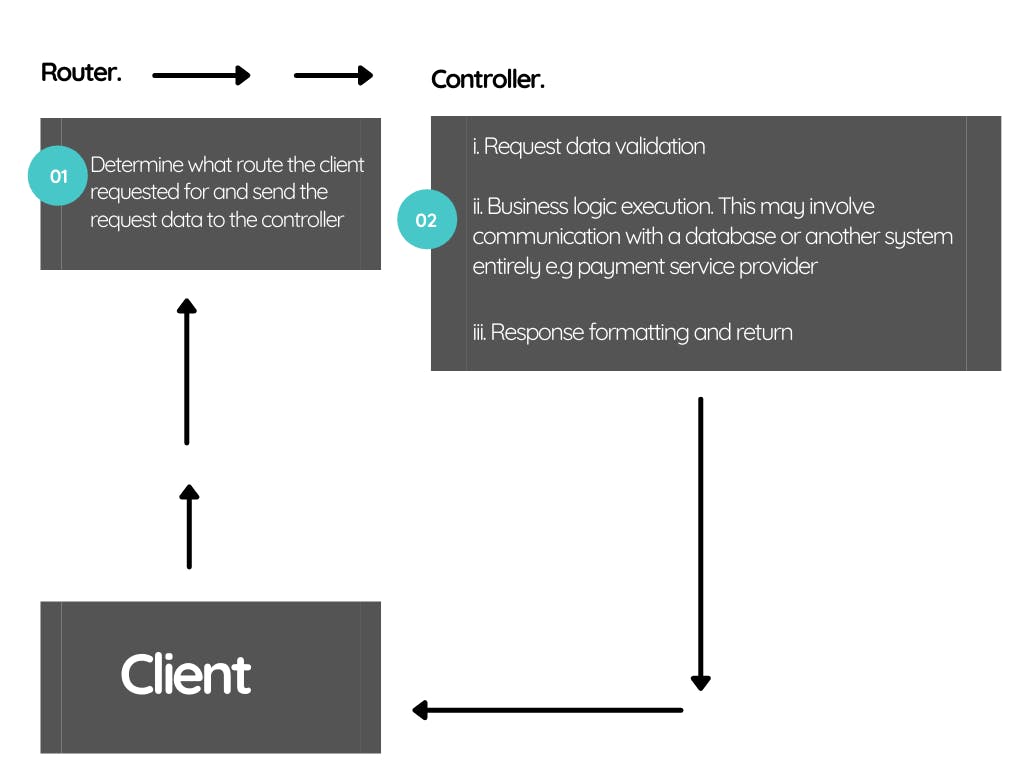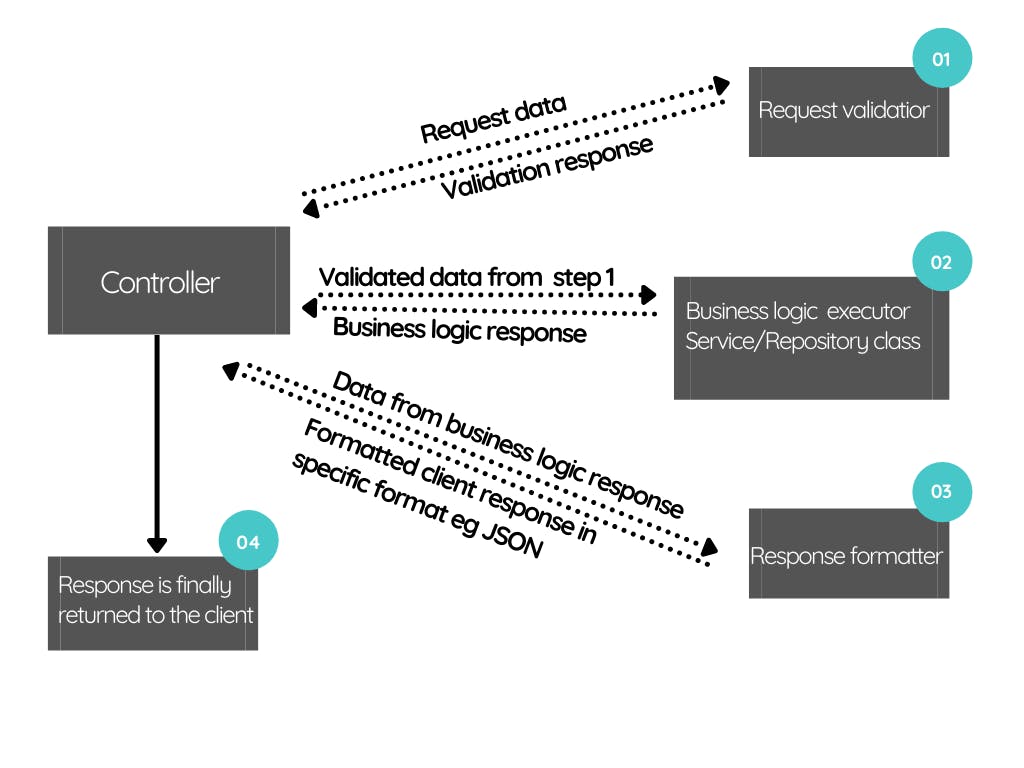The Linux terminal is a powerful utility. You can use it to control the whole system, crafting and typing commands as you go about doing your everyday tasks. But it can quickly become overwhelming to keep staring at a command line and carry on with your work.
Lucky for you, the terminal is also a source of fun. You can play around with commands, listen to music, and even play games. Although expecting a great deal of entertainment from a window full of commands would be carrying it too far, you can find utilities to bind some time when bored.
Here are some fun and entertaining commands every Linux user should try at least once.
1. CMatrix
Starting off the list with a fun tool every Linux user loves, CMatrix is a command-line utility that generates the classic “The Matrix” animation from the popular movie franchise of the same name. You can expect to see some great animations in different colors that you also get to customize.
Albeit CMatrix uses regular fonts instead of the original Japanese characters, you’ll definitely enjoy every moment you spend with the tool. Either use it as your desktop screensaver or include the program in your window manager rice screenshots, the choice is yours. You can even go to the extremes and set up a CMatrix server on a laptop that runs the program 24/7.
MAKEUSEOF VIDEO OF THE DAY
To install Cmatrix on Debian-based distros like Ubuntu:
sudo apt install cmatrix
On Arch Linux and its derivatives:
sudo pacman -S cmatrix
On RHEL-based distros like Fedora:
sudo dnf install cmatrix
2. cowsay
What does the cow say? Definitely, not just “moo.”
cowsay is an ASCII-art-based command-line utility that displays the specified input with a neat ASCII cow art. While there’s not much to this program, you can use it as a Bash prompt by invoking the program with random quotes whenever you launch a terminal instance.
cowsay "Mooooo"
To install cowsay on Debian and Ubuntu:
sudo apt install cowsay
On Arch Linux:
sudo pacman -S cowsay
On Fedora, CentOS, and RHEL:
sudo dnf install cowsay
3. sl
Everyone loves trains, especially steam locomotives. The Linux utility sl brings your favorite steam locomotive to your desk, using the terminal of course.
Running the sl command is very simple.
sl
Installing sl on Ubuntu and Debian is easy.
sudo apt install sl
Similarly, on Arch-based distributions:
sudo pacman -S sl
On Fedora, CentOS, and RHEL:
sudo dnf install sl
4. FIGlet
Have you ever seen a Linux terminal with beautifully crafted ASCII art at the top? You can achieve the same results using FIGlet, a command-line tool that converts user input into ASCII banners.
Unlike some other ASCII art generators, FIGlet doesn’t have a character limit, which is what sets it apart. You can create ASCII arts of unlimited length with the tool, although the characters might break if you supply lengthier strings.
FIGlet uses the following command syntax:
figlet "Your string here"
You can install FIGlet on Debian/Ubuntu using:
sudo apt install figlet
To install FIGlet on Arch-based distributions:
sudo pacman -S figlet
On Fedora, CentOS, and RHEL:
sudo dnf install figlet
5. fortune
Want to read a quote? Maybe something funny, or perhaps an educational message? The excitement is there every time you run fortune, as you don’t know what’s going to hit you next. fortune is a Linux utility that returns random messages and quotes on execution.
fortune
It’s easy to get engrossed in the command, reading the entertaining (mostly funny) quotes that fortune outputs. The best thing about the tool? You can pipe it with cowsay and similar programs to produce an engaging Bash prompt for yourself.
cowsay | fortune
To install fortune on Ubuntu/Debian:
sudo apt install fortune
On Arch Linux and similar distributions:
sudo pacman -S fortune-mod
Installing fortune on RHEL-based distros like Fedora and CentOS is easy as well.
sudo dnf install fortune-mod
6. xeyes
If you are someone who likes to have a pair of eyes on you every time you need to get something done, xeyes might be the best Linux tool for you. Literally, xeyes brings a pair of eyes to your desktop. The best part? The eyeballs move depending on your mouse pointer’s position.
Launching the program is easy. Simply type xeyes in the terminal and hit Enter. By default, the position of the eyes will be the top left, but you can easily change it using the -geometry flag.
On Ubuntu and Debian-based distros, you can install xeyes with APT.
sudo apt install x11-apps
To install xeyes on Arch-based distros:
sudo pacman -S xorg-xeyes
On Fedora, CentOS, and RHEL:
sudo dnf install xeyes
7. aafire
Want to make your Linux desktop lit? You need aafire. It is a terminal-based utility that starts an ASCII art fire right inside your terminal. Although you won’t physically feel the heat aafire brings to the table, it’s definitely a “cool” Linux program to have on your system.
To install aafire on Ubuntu and Debian:
sudo apt install libaa-bin
On Arch Linux and its derivatives:
sudo pacman -S aalib
On Fedora, CentOS, and other RHEL-based distros:
sudo dnf install aalib
8. espeak
Have you ever wanted your Linux desktop to speak, exactly what you want it to? espeak is a text-to-speech utility that converts a specified string to speech and returns the output in real-time. You can play around with espeak by invoking the command with song lyrics or movie dialogues.
For the test run, you can try specifying a basic string first. Don’t forget to turn up your desktop’s speaker volume.
espeak "Hello World"
You can also change the amplitude, word gap and play around with the voices with espeak. Writers can use this tool to transform their words into speech, making it a perfect tool to assess the content quality.
On Ubuntu/Debian:
sudo apt install espeak
You can install espeak on Arch Linux from the AUR.
yay -S espeak
On Fedora, CentOS, and RHEL:
sudo dnf install espeak
9. asciiquarium
For those who wish to own an aquarium someday, here’s your chance. As the name aptly suggests, asciiquarium creates a virtual aquarium inside your terminal using ASCII characters.
The fishes and the plants are colorized and that’s what makes them come to life, leaving the dull terminal screen behind. You also get to see ducks swimming in the water occasionally.
To install asciiquarium on Ubuntu and Debian:
sudo add-apt-repository ppa:ytvwld/asciiquarium
sudo apt install asciiquarium
On Arch-based distributions:
sudo pacman -S asciiquarium
Installing asciiquarium on RHEL-based distros is also easy.
sudo dnf install asciiquarium
10. rig
Want to quickly generate a fake identity for some reason? rig is what you need. Being a command-line utility, it returns output in an easy-to-read manner, for both users and computers. You can implement the functionality of rig in scripts, to test functions that require user information in bulk.
To install rig on Ubuntu and Debian:
sudo apt install rig
On Arch-based distributions:
yay -S rig
On RHEL-based distros like Fedora and CentOS:
sudo dnf install rig
Having Fun With the Linux Command Line
All the tools mentioned in the above list will guarantee you a moment of fun amidst the busy life that we’re all living. You can either install these utilities to simply play around with, or you can make something productive out of them by using them in your code.
Whatever the practical applications are, Linux programs always deliver what you expect them to. There are several other software and applications that every Linux user should know about.
The Best Linux Software and Apps
Whether you’re new to Linux or you’re a seasoned user, here are the best Linux software and apps you should be using today.
Read Next
About The Author
Deepesh Sharma
(108 Articles Published)
Deepesh is the Junior Editor for Linux at MUO. He writes informational guides on Linux, aiming to provide a blissful experience to all newcomers. Not sure about movies, but if you want to talk about technology, he’s your guy.
More
From Deepesh Sharma
Subscribe to our newsletter
Join our newsletter for tech tips, reviews, free ebooks, and exclusive deals!
Click here to subscribe






